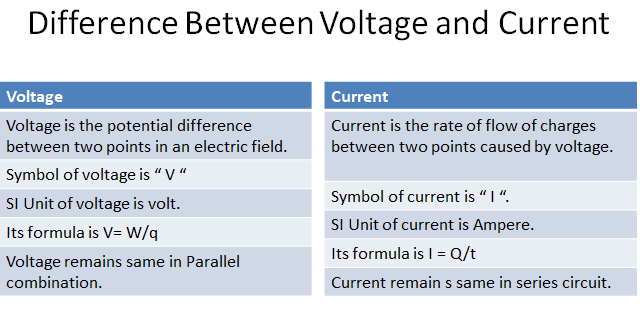Modern Physics
-
Difference between Resolution and Magnification in tabular form
Resolution and magnification are two terms used in Optics which are related to each other. The Basic difference between resolution and magnification is that Resolution is the ability to separate two closely placed objects while magnification is the mean of…
-
Best Examples of Evaporation in daily life
Evaporation is the process of changing liquid into vapors. Common Examples of Evaporation are provided here in detail. This post also includes Factors affecting evaporation. Keep reading … This post includes: Evaporation Definition Evaporation examples Factors affecting evaporation Uses of…
-
Difference between Sensor and Transducer
The Difference between Sensor and Transducer is given here. A sensor is a device that has the ability to detect external actions or stimuli and respond to them. A transducer is a device that provides usable output in response to…
-
What is Difference between real image and virtual image?
The Basic difference between real and virtual images is provided here. The basic difference between real image and a virtual image is that a real image is formed from the concave mirror and convex lens, while a virtual image is…
-
Difference Between Amplitude and Frequency Modulation in Tabular Form
Basically there are three types of modulation, frequency modulation, amplitude modulation, and Phase modulation. The basic difference between amplitude and frequency modulation is that in frequency modulation audio signals change frequency of carrier wave while in amplitude modulation audio signals…
-

Difference Between Voltage and Current
The basic difference between voltage and current is that Voltage is the amount of energy per charge which is required to move electrons from one point to another, while current is the rate of flow of charges. What is voltage…
-
Factors Affecting Resistance
Resistance is the property of the material that restricts the flow of electrons. There are four factors affecting resistance which are Temperature, Length of wire, Area of the cross-section of the wire, and nature of the material. When there is…
-
What are some examples of nuclear reactions?
Nuclear Reaction definition While studying radioactivity, we have seen that an α-particle is emitted from radium-226, and radon-222 is obtained. This nuclear is change is represented by the following equation: Such an equation represents a nuclear reaction. The above-mentioned nuclear…
-
Nuclear reactor components and types
What is nuclear reactor?How does it works ? In a nuclear power station, the reactor plays the same part as does furnace in a thermal power station. In a furnace, coal or oil is burnt to produce heat, while in…